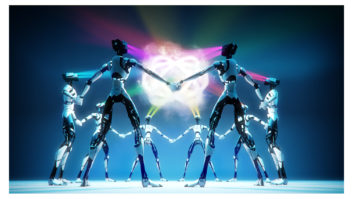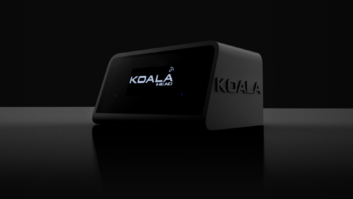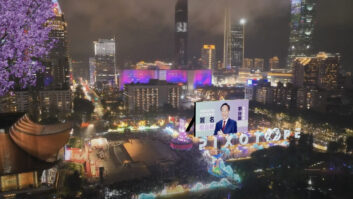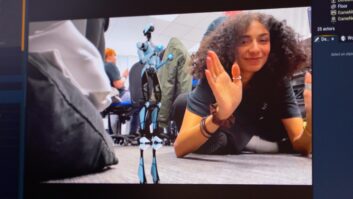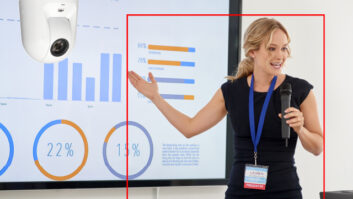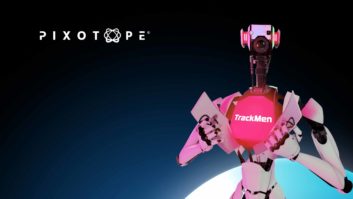Virtual production solutions company Pixotope has developed a new camera tracking software solution that combines augmented reality elements with drones and cable cameras.
Pixotope Fly uses computer vision technology to leverage video from the onboard camera to identify anchor points in the natural live environment such as rocks, trees, buildings, etc., to lock onto and track against 3D graphics.
The software uses these natural anchor points to generate a virtual point cloud set of digital tracking markers which respond and adapt to changes in the environment, said Pixotope. This means that producers can add exciting AR graphics anywhere the drone can film, indoors or outdoors, for greater creative freedom and a more dynamic viewer experience.
Pixotope Fly has been trialled on live broadcast coverage of American stock car racing by Pixotope creative partner, Silver Spoon Animation.
In one instance, as the Pixotope Fly-calibrated drone pulled away into a wide shot, an animated graphic of the winning driver next to their car surrounded by real-time particle effects was shown to viewers to celebrate the victory.
According to Pixotope, key benefits of the solution include:
- Streamlined set up and operation: Marker-based tracking systems require a huge lift in terms of resources and preparation of the filming environment; someone must physically and strategically place markers on the ground. With Pixotope Fly, this process is removed completely thanks to its software-based markerless TTL technology, which reduces time and resource cost needed to get up and running.
- Untethered creativity: Pixotope Fly enables producers to freely roam through the sky without worrying about losing sight of markers, a common occurrence in live environments thanks to changing light, weather, and other unplanned interferences. Anywhere a drone can be flown, AR can be added. The software does all the work, no sensor camera required.
- Reduced risk for live productions: Marker-based systems require producers to keep drones within a very precise area. If something obscures the markers on the ground during a live broadcast, the whole illusion falls apart and the tracking capabilities of the drone are gone. With Pixotope Fly, the software is updating its point of reference continually so users aren’t at the mercy of the markers in a hard-to-control environment.
“We’re incredibly proud of what we’ve achieved with Pixotope Fly,” said David Dowling, chief revenue officer at Pixotope. “It eliminates the resource-intensive set up required of existing drone tracking technology; it needs no specialist sensor cameras, markers, or proprietary hardware to work and it’s deceptively simple to use. All you need is a drone or cable cam and the software to get started. What would have previously required a helicopter and Hollywood blockbuster caliber post production can now be achieved with a single software solution in real time.”
